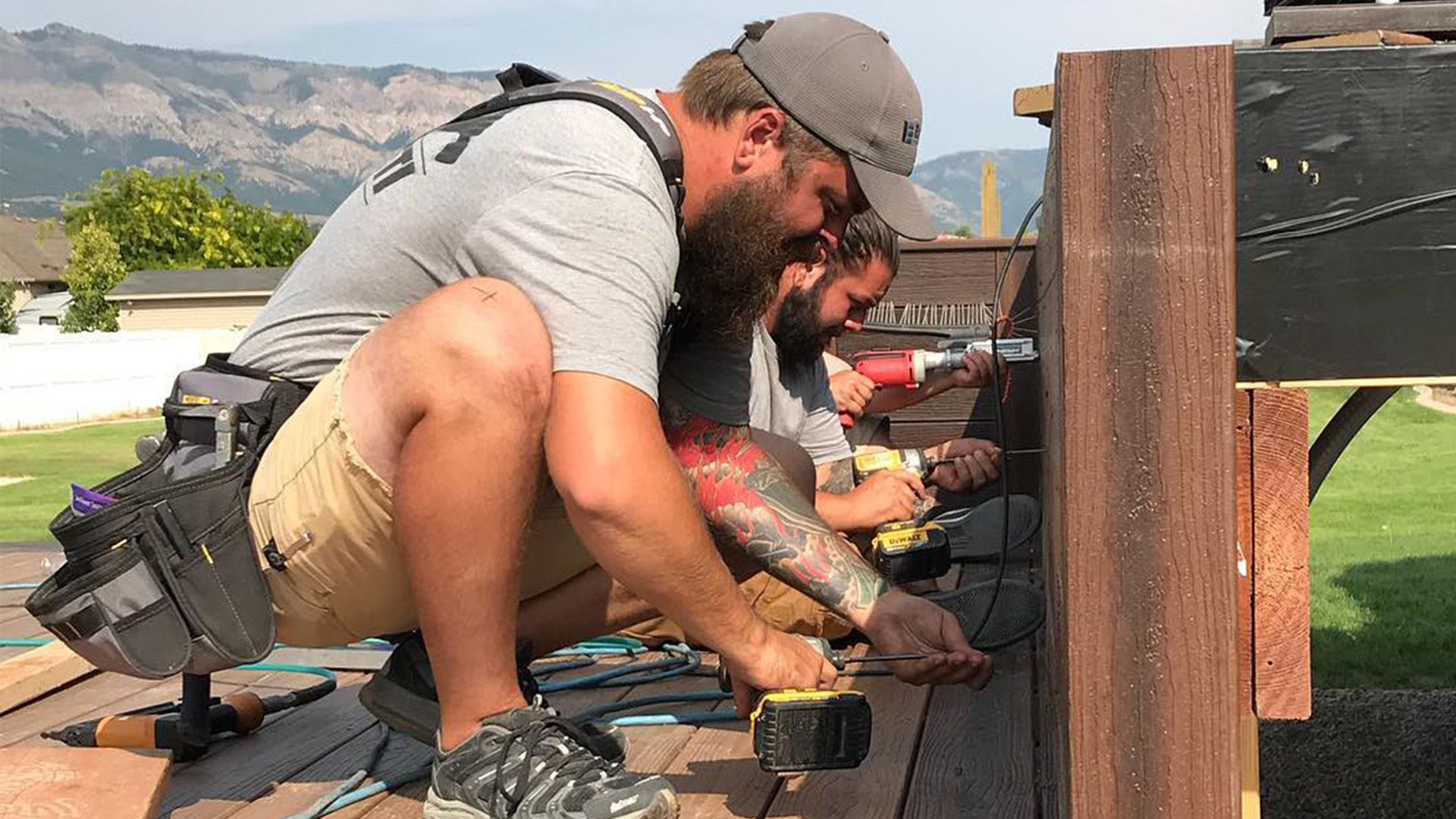What Homeowners Need to Know About Deck Joist Spacing and Blocking
No matter the type or style of the outdoor living space you’re planning to build, it’s essential to have a strong foundation for the deck in place. Whether you build the deck yourself or hire a pro, deck joist spacing and blocking are critical aspects of the project. While figuring out the right spacing, spans, size of deck joists can be a challenge, Envision Outdoor Living is here to help.
In this post, we’re going to break down everything you need to know about deck joist spacing and blocking.
Deck Joist Spacing
Deck joist spacing is important because it directly affects how the composite deck boards are supported. When building deck frame, a good rule of thumb is for the deck joist spacing to be exactly 16 inches. To ensure that the spacing is correct, be sure to measure from the center point of each deck joist.
It’s also important to know that the shape and design of your outdoor living space has a direct impact on deck joist spacing. For example, a square deck usually follows the spacing guidelines we mentioned above. However, a more complex design, like rounded or circular sections, will likely need adjustments to the joist grid.
Check the Deck Frame for Damage
If you’re using an existing frame, you’ll want to check for any damage before putting the joists in. Some helpful tips to get you started:
- Make sure there aren’t any screws or hidden fasteners sticking out from the deck joists.
- Do a thorough check of the deck frame for any broken pieces of wood, cracks, soft spots, or any area that has been damaged by moisture.
- Take a close look at the screws and hidden fasteners in the deck frame to ensure that none of them show signs of corrosion.
Use String Lines to Ensure Your Deck Joists Are Level
Once the deck joist spacing has been set and measured, make sure that all the joists are level. One of the easiest ways to do this is to run string across the deck frame; this process will make it easy to spot any joist that is too high or low compared to the others. By identifying these issues now, you’ll avoid high and low spots, which can cause your deck to look wavy.
If any of the deck joists aren’t level, how to fix them depends on the specific issue. Here’s a quick guide on how to fix some of the most common problems:
- Deck Joist Is Too High: You can replace the joist completely, undo the fasteners to lower the joist so it’s level, or use a power sander to trim down the wood until it’s even.
- Joist Is Crowning Up: You can either pull out and replace the joist or use a power sander to even it out if there’s enough material.
- Deck Joist Is Too Low: As always, you can replace the joist, or put in sister joists by sandwiching the existing joist with two new ones.
What You Need to Know About Deck Joist Blocking
Deck joist blocking is a common technique in which you install small pieces of wood in a zig-zag pattern between the joists to increase the strength of the frame. When you’re installing deck joist blocking, it’s important to:
- Ensure that the blocking is equally spaced within each of the rows in the frame and are no more the 6 inches apart.
- To allow for the easiest and most effective fastening of the deck joist blocks, make sure they’re put in edge to edge.
- Be sure to use fasteners that are recommended by the decking manufacturer to use on the outside of the joist when installing the blocking.
Create Your Perfect Outdoor Living Space with Envision
The process of building a new deck, including figuring out the deck joist spacing and blocking, doesn’t have to be overwhelming. See ideas from the experts at Envision Outdoor Living to help get your project started.





















